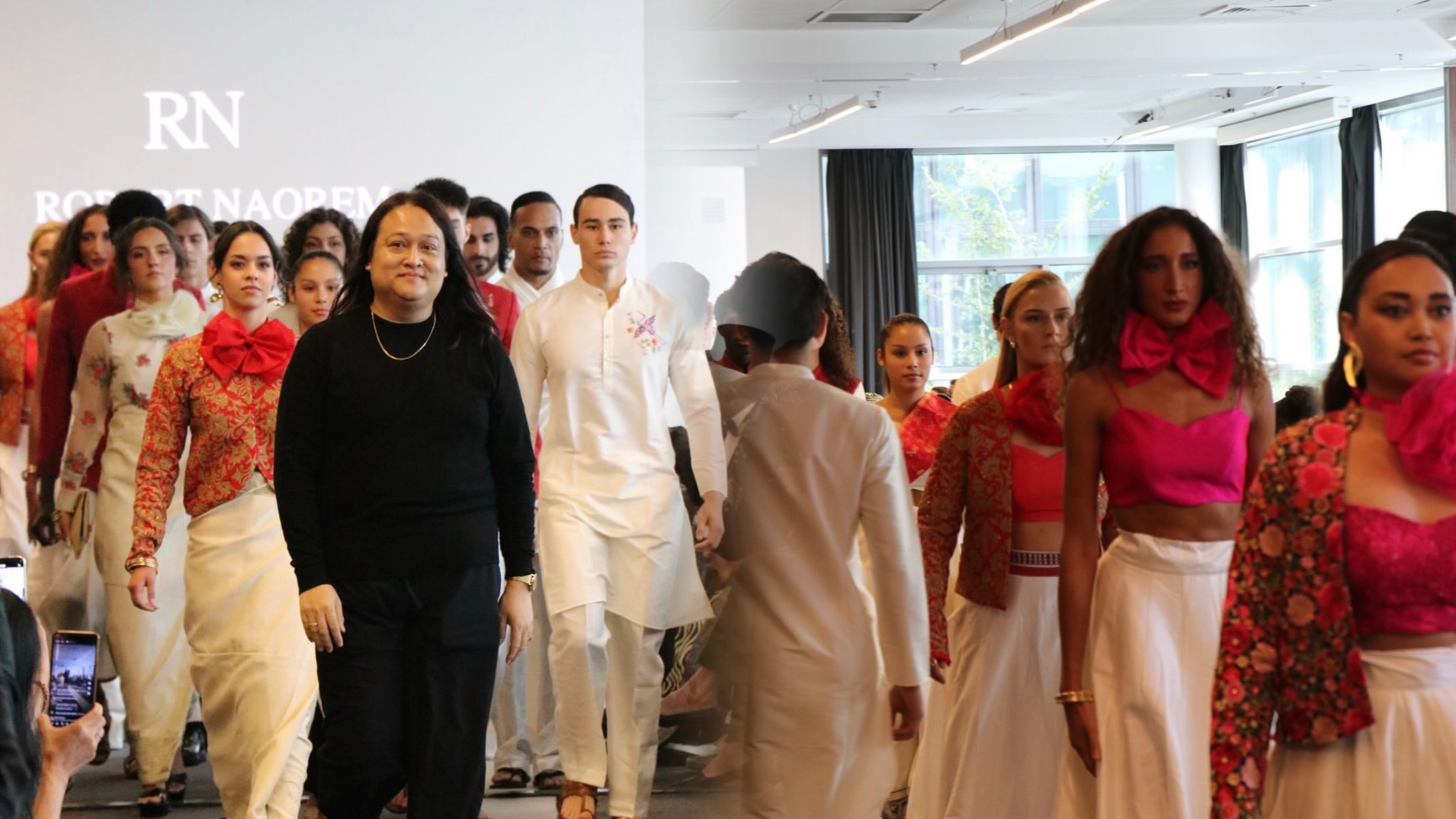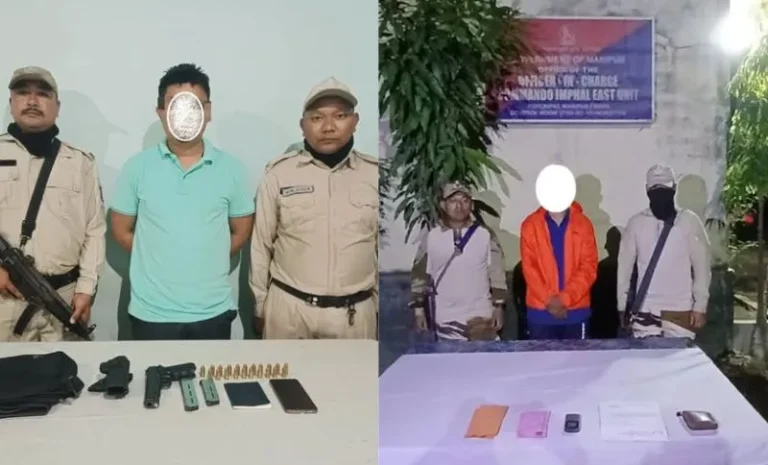Robert Naorem Showcases Manipur’s Handloom Legacy at Paris Fashion Event
Global Stage for Northeast Textiles
Renowned fashion designer and handloom revivalist Robert Naorem recently represented India at an international fashion showcase held during Paris Fashion Week at Melia La Défense. Curated by PP Production House, the event featured 25 designers from across the world. Naorem’s collection, titled “Art of East India,” celebrated the rich handloom heritage of Manipur, blending traditional woven silks and hand embroidery with modern silhouettes. His palette featured shades of red, cream, and ivory, reflecting a fusion of cultural roots and global style.
1. Elevating Manipur on the World Map
For decades, Northeast India’s textile traditions — especially in places like Manipur — have been underrepresented in mainstream fashion narratives. When Naorem walks into a Paris fashion event with handlooms at his core, he’s not just a designer showing clothes — he’s a cultural ambassador. That kind of visibility draws attention to lesser-known weaving communities, encourages global buyers to explore them, and elevates pride locally.
2. Tradition Meets Innovation
One of the most compelling aspects of Naorem’s collection is how it bridges the old and the new. The “Art of East India” line fuses traditional Manipuri fabrics — woven silks, hand embroidery — with contemporary silhouettes that appeal to urban, international consumers. That balance is crucial: if heritage products remain in pure traditional form without adaptive design, they may struggle in global markets. Naorem’s careful fusion ensures heritage doesn’t remain static — it evolves.
3. Sustainability & Artisan Empowerment
Naorem is known for his commitment to sustainable fashion and for uplifting local artisans, especially women weavers in rural Manipur. By centering handlooms — which are low-carbon, locally produced, and skill-based — he offers an alternative to mass, polluting fast fashion. In doing so, he helps preserve weaving traditions that might otherwise vanish under economic pressure.
4. Strategic Design Choices
• Color palette: Red, cream, ivory — colors that reflect Manipuri culture (reds are used in bridal wear, while cream and ivory offer neutrality and versatility).
• Silhouette fusion: Traditional attire reinterpreted in Western cuts — for example, draped shawls as capes, or embroidered jackets over modern gowns.
• Craft spotlight: Every piece emphasizes the weave and the hand embroidery — not as embellishment but as fabric identity.
5. Regional Inspiration, Global Reach
Though the core is Manipuri, Naorem’s message is regional and national: the Northeast is rich in resources, stories, and design languages. His participation underscores that fashion is not just about metros — it can be a vehicle for regional voices to speak globally.
5 FAQs
Q1: What was the name of Robert Naorem’s collection shown in Paris?
A1: The collection is called “Art of East India.” It pays tribute to the artistic and textile heritage of Manipur.
Q2: Which venue hosted this fashion showcase?
A2: The show was held at Melia La Défense, Paris, during Paris Fashion Week, organized by PP Production House.
Q3: How many designers participated in the event, and what was Naorem’s role?
A3: The event featured 25 designers from around the world. Robert Naorem represented India, showcasing his collection and highlighting Manipuri handlooms.
Q4: What design elements or themes did Naorem emphasize?
A4: He fused traditional Manipuri fabrics (woven silks) and hand embroidery with modern silhouettes. Color palette included red, cream, ivory. The line merged ethnic with contemporary.
Q5: What larger goals did Naorem highlight in participating in this show?
A5: Naorem said his goal is to revive indigenous weaving traditions, empower local artisans(especially women weavers), and bring global recognition to Manipur’s textile heritage.


